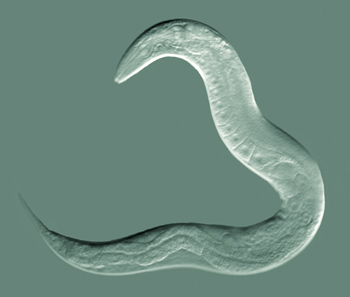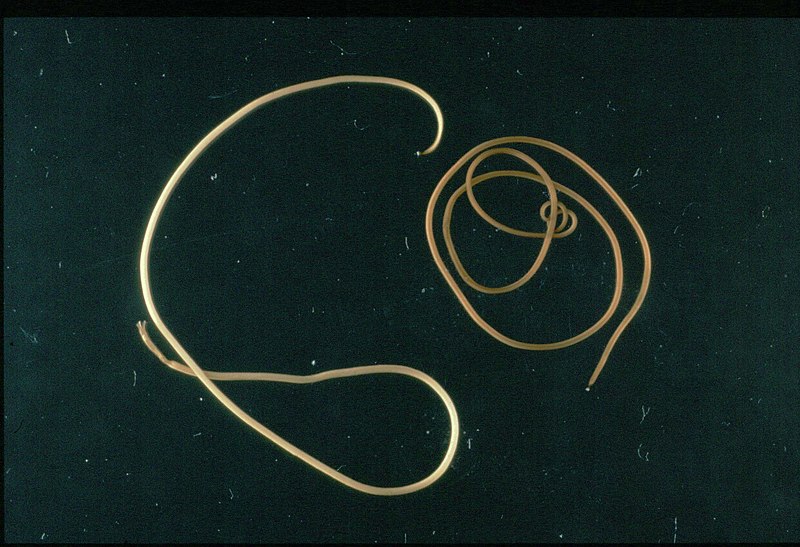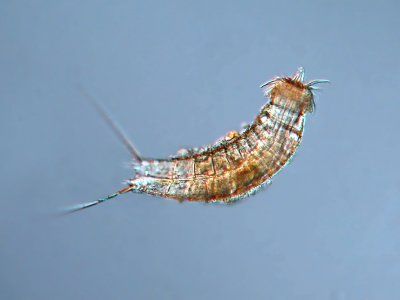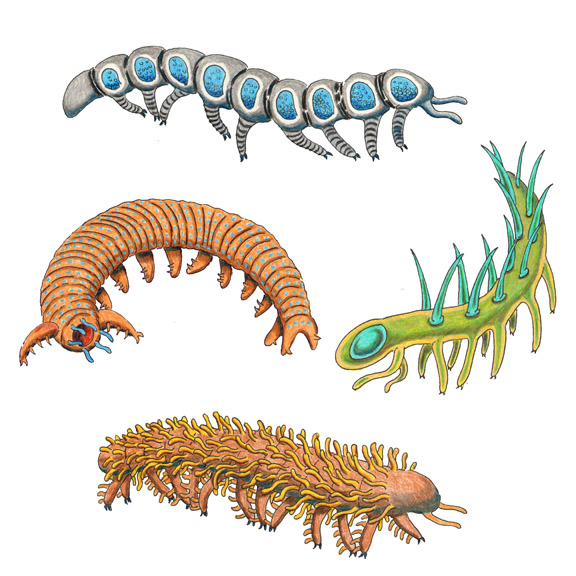CladeArthropoda
Arachnoknight
- Joined
- Jul 2, 2017
- Messages
- 164
This isn't necessarily pet related, but I think it's fun to know nonetheless. Arthropods nematodes, and several other groups are classified together as the super group 'ecdysozoa'. They are united by a layered cuticle that they molt as they grow, hence ecdysis means molting. They also lack cillia and produce amoeboid sperm. Now who are the members of this group?

First off, there's the arthropods. We are all quite familiar with them so these guys need no introduction.

I'm pretty sure a good deal of us know these guys as well. For those who of you who don't, velvet worms are animals very closely related to arthropods, but exhibit a few key differences. Their cuticle isn't a sclerotized exoskeleton as it is in arthropods, and their legs are stubby and not jointed. Their most prominent feature is the ability to shoot a glue like substance to catch prey.

Tardigrades are also relatively famous. They are microscopic animals related to velvet worms and arthropods. They are most noted for their ability to survive harsh conditions in a state of cryptobiosis, though they tend to get exaggerated. They are also a lot of more diverse than people think.

Then we have nematodes. These guys, are everywhere. Well, almost everywhere. They are strangely absent in pelagic ecosystems for some reason. But what they do best is burrowing. A single acre of soil can have millions of nematodes. They are also extremely successful as parasites, upon both plants and other animals. Most are microscopic, but some parasitic forms like Ascaris can grow to be quite large.
These are the groups that are relatively well known. Next post, I'll cover the more obscure groups.

First off, there's the arthropods. We are all quite familiar with them so these guys need no introduction.

I'm pretty sure a good deal of us know these guys as well. For those who of you who don't, velvet worms are animals very closely related to arthropods, but exhibit a few key differences. Their cuticle isn't a sclerotized exoskeleton as it is in arthropods, and their legs are stubby and not jointed. Their most prominent feature is the ability to shoot a glue like substance to catch prey.

Tardigrades are also relatively famous. They are microscopic animals related to velvet worms and arthropods. They are most noted for their ability to survive harsh conditions in a state of cryptobiosis, though they tend to get exaggerated. They are also a lot of more diverse than people think.

Then we have nematodes. These guys, are everywhere. Well, almost everywhere. They are strangely absent in pelagic ecosystems for some reason. But what they do best is burrowing. A single acre of soil can have millions of nematodes. They are also extremely successful as parasites, upon both plants and other animals. Most are microscopic, but some parasitic forms like Ascaris can grow to be quite large.
These are the groups that are relatively well known. Next post, I'll cover the more obscure groups.
Last edited:







